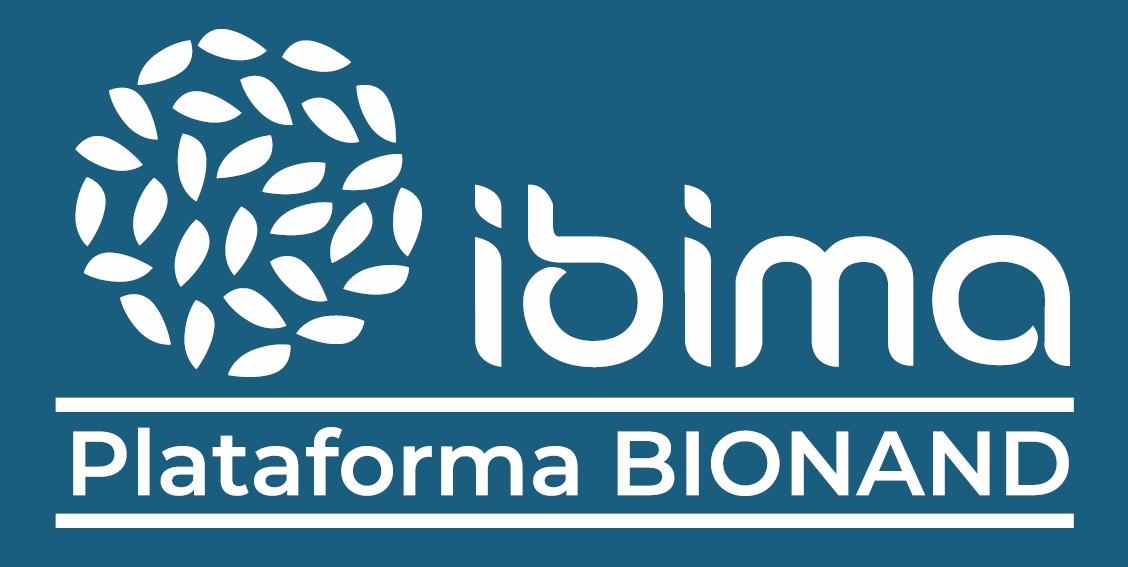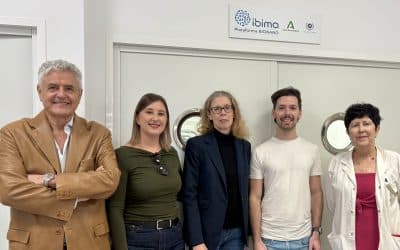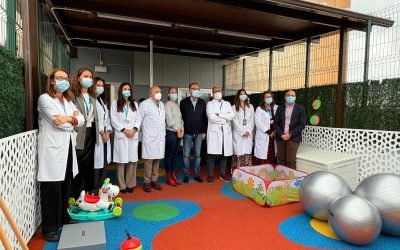The study identifies and provides practitioners with a roadmap that selects priorities for improving the diagnosis, treatment and prevention of clinical complications in Europe.
A team of researchers belonging to the Biomedical Research Institute of Malaga and Nanomedicine Platform (IBIMA Plataforma BIONAND), the University Hospital Virgen de la Victoria, and the University of Malaga (UMA), in the framework of the group's leadership in the European Cooperation in Science and Technology (COST) network ‘Prospective European Drug-Induced Liver Injury Network, Pro Euro DILI Network', with 27 European countries involved, has published in the scientific journal “Pharmacological Research”, a roadmap for advancing research on Drug-Induced Liver Injury (DILI).
Drug-induced liver injury is a significant problem in modern medicine, as, although rare, it penalises the beneficial outcomes of a wide variety of drugs, and can occasionally be severe, progressing to fulminant liver failure. Furthermore, it is a challenge for the scientific community to understand the underlying mechanisms in order to develop more effective strategies that can prevent, diagnose and treat these unwanted drug effects.
The team of researchers who coordinated the study belong to the ‘Hepatogastroenterology, Pharmacology and Translational Clinical Therapeutics’ group, led by professionals from the Virgen de la Victoria University Hospital and professors from the University of Malaga, Raúl J. Andrade and M. Isabel Lucena, and the Biomedical Research Centre for Networked Liver and Digestive Diseases (CIBEREHD).
Another of the researchers and co-authors of the study, Dr Ann Daly of Newcastle University (UK), said: ‘The aim of the study is to set a clear direction for the improvement of research and clinical practice in this field at the European level.
Another of the authors, Dr. José Carlos Fernández Checa (Consejo Superior de Investigaciones Científicas, CSIC, Barcelona), has also stressed that ‘it is crucial to understand how liver toxicity occurs and how it can be prevented, because it has a significant impact on public health and health care systems’.
The article proposes a series of key actions, including the creation of a database to collect clinical cases of patients with this adverse reaction, its follow-up, monitoring and the implementation of preclinical models to improve the assessment and prediction of hepatotoxicity, and the advancement of models generated by artificial intelligence, emphasising the importance of clinical research and collaboration between the pharmaceutical industry, clinicians and regulatory agencies, as Drs Ismael Alvarez and Marina Villanueva, first authors of this paper, point out.
Finally, Prof. Maribel Lucena summarised this study by giving importance to the ‘integrated approach that is the best way to understand and prevent this type of liver damage’, since, in the words of the UMA professor, this document reviews, among other aspects, the ongoing research on genetic susceptibility to DILI and the process for the identification and validation of diagnostic and prognostic biomarkers, as well as the orientation of future clinical trials, based on the identification of new therapeutic targets. Necessarily, ‘joining forces between different sectors is the best way to advance towards more effective therapies and a more efficient and safer clinical practice’.



